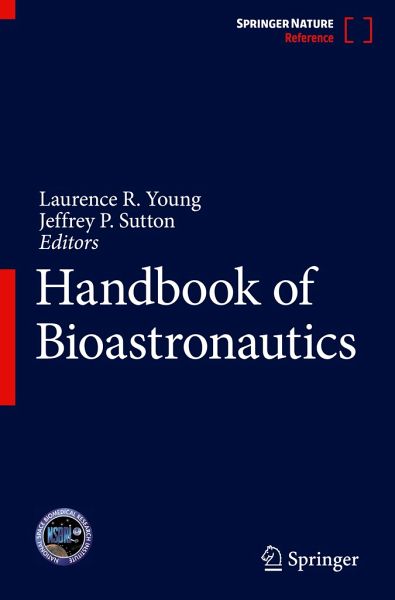
Handbook of Bioastronautics
Versandkostenfrei!
Versandfertig in 1-2 Wochen
496,99 €
inkl. MwSt.

PAYBACK Punkte
248 °P sammeln!
This comprehensive handbook serves the needs of biomedical researchers, space mission planners and engineers, aerospace medicine physicians, graduate students, and professors interested in obtaining an up-to-date and readable introduction to bioastronautics, the science of humans in space. Following the excitement and progress of the birth of the space age in the fifties and sixties, with the successes in human space flight - culminating with the Moon landings - the field of bioastronautics retreated into the more workmanlike arena of successively longer stays in low Earth orbit. At this time,...
This comprehensive handbook serves the needs of biomedical researchers, space mission planners and engineers, aerospace medicine physicians, graduate students, and professors interested in obtaining an up-to-date and readable introduction to bioastronautics, the science of humans in space. Following the excitement and progress of the birth of the space age in the fifties and sixties, with the successes in human space flight - culminating with the Moon landings - the field of bioastronautics retreated into the more workmanlike arena of successively longer stays in low Earth orbit. At this time, major new initiatives are ahead both in human and robotic space exploration. The International Space Station, along with the developing Chinese space station and lunar program, will permit the development and testing of the means of astronaut protection for long duration missions - eventually to Mars and its moons, as well as visits to asteroids, other NEOs, and the Lagrange points. New life support systems and innovative approaches to radiation protection beyond Earth's magnetic field will all be developed and tested. Meanwhile, the search for extraterrestrial life, past or even present, is accelerating - with the spectacular finds of Martian water and the discovery of potentially habitable extra-solar planets. A new generation of scientists is ready to attack a new set of problems, and is in need of an efficient, accurate and searchable means of discovering the essentials of the field. This reference work also covers the challenges, past achievements, and potential solutions inherent to the safe exploration of distant space and the search for life off our planet. The entries summarize the tertiary literature and include sufficient data and illustrations to introduce each topic, while avoiding the length and detail of scientific review articles.


